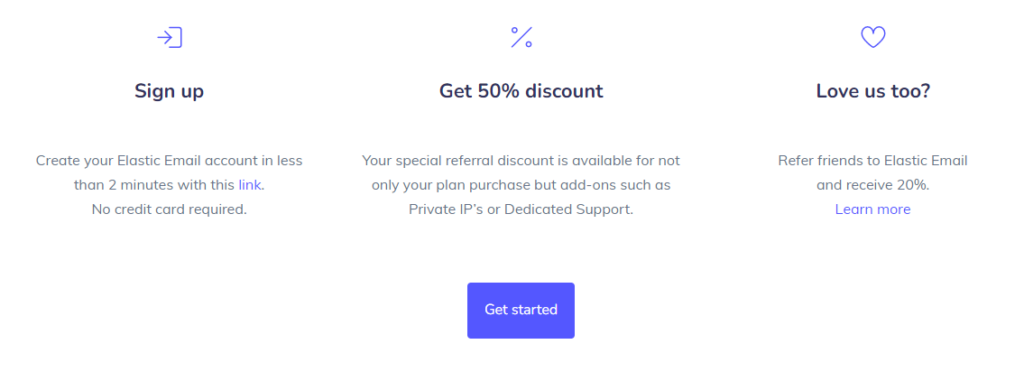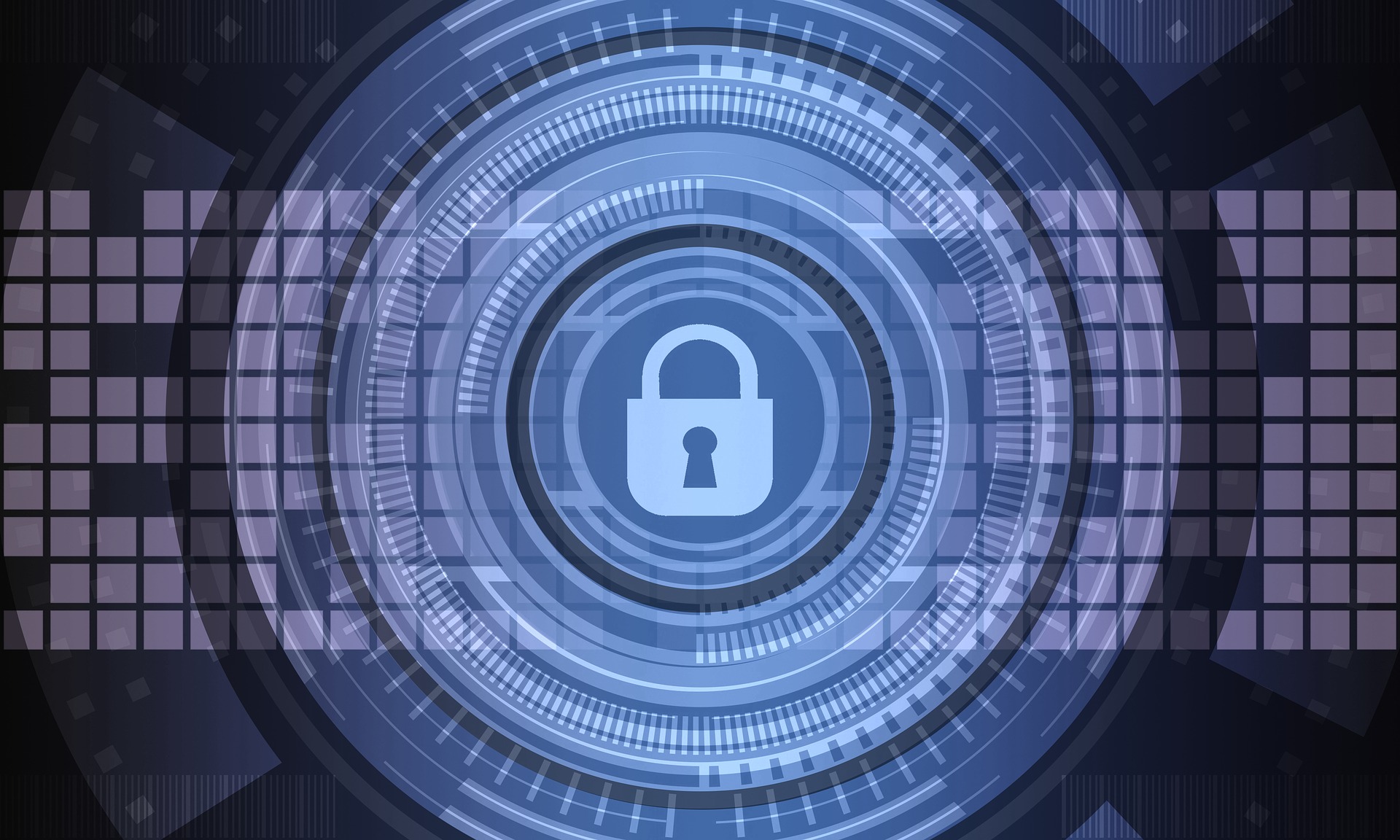Cybersecurity Threats
Are you worried about the safety of your personal information online? Cybersecurity threats are becoming increasingly common in the modern era, and it’s more important than ever to take steps to protect yourself.
Learn how to protect yourself from cybersecurity threats with our comprehensive guide. From phishing scams to malware and ransomware, we’ll explain the most common types of threats and provide tips and best practices for staying safe online.
Secure Your Home The Right Way With Training From Former Green Beret Master Sargent – Ken Roberts – Get Full Training Now
Whether you’re an individual looking to protect your personal information or a business owner concerned about the security of your company’s data, this post has everything you need to know about cybersecurity in the modern era.
Table of Contents
What Is Cybersecurity?

Cybersecurity is the practice of protecting internet-connected systems, including hardware, software, and data, from unauthorized access, theft, and damage.
It involves using a combination of technologies, processes, and policies to secure digital assets and prevent cyber attacks. The goal of cybersecurity is to ensure the confidentiality, integrity, and availability of digital data, as well as to protect against unauthorized access, theft, and destruction.
New Mini-site Templates To Improve Your Online Image, Gain More Trust And Rake In More Sales – GET IT NOW
Cybersecurity threats can come in many forms, including malware, phishing, ransomware, and social engineering attacks.
These attacks can result in the theft of sensitive information such as financial data, personal information, and intellectual property, as well as the disruption of critical systems and services.
To combat cyber threats, cybersecurity professionals use a variety of tools and techniques, including firewalls, antivirus software, intrusion detection and prevention systems, and encryption.
They also implement security policies and procedures, such as regular software updates, employee training and awareness programs, and incident response plans.
In the modern era, cybersecurity has become increasingly important as more and more of our lives move online. As technology continues to evolve, so do the threats and challenges of cybersecurity.
It’s essential to stay vigilant and take proactive steps to protect yourself and your digital assets from cyber threats.
Simple Option Trade Alerts Plus Training To Help You Get The Biggest Profits! – JOIN US TODAY
Types of Cybersecurity Threats
There are several types of cybersecurity threats that individuals and organizations should be aware of. Here are some of the most common ones:
Phishing:
Phishing is a type of social engineering attack where cybercriminals attempt to trick individuals into revealing sensitive information, such as login credentials, credit card numbers, or other personal data. Phishing attacks often come in the form of fraudulent emails or websites that mimic legitimate ones.
Malware:
Malware is a broad term that refers to malicious software designed to harm or exploit computer systems. This includes viruses, worms, Trojans, and ransomware. Malware can be used to steal sensitive data, gain unauthorized access to systems, or cause system crashes and data loss.
Learn how to take control of your freedom, finances and future with cryptocurrency and how it works for beginners! – Learn Free Guide
Ransomware:
Ransomware is a type of malware that encrypts a victim’s data and demands payment in exchange for the decryption key. Ransomware attacks can be devastating, as they can result in the loss of important data and cause significant financial harm.
Distributed Denial of Service (DDoS) attacks:
DDoS attacks involve flooding a website or server with traffic to overwhelm it and cause it to crash. This can result in the disruption of critical services and loss of revenue.
How each type of threat works and the potential impact on individuals
Each type of cybersecurity threat works differently and can have varying degrees of impact on individuals and organizations.
Get Paid To Review Apps On Your Phone – SIGN UP NOW
Here is a brief explanation of how each type of threat works and their potential impact:
- Phishing: Phishing attacks work by tricking individuals into clicking on a link or downloading an attachment that appears legitimate but is actually malicious. This can lead to the theft of personal information, financial loss, or unauthorized access to systems.
- Malware: Malware can be delivered through various means, including email attachments, malicious websites, and infected software. Once installed, malware can steal sensitive data, install additional malicious software, or damage systems.
- Ransomware: Ransomware attacks encrypt a victim’s data, rendering it unusable until a ransom is paid. This can result in significant financial loss, as well as the potential loss of important data.
- DDoS attacks: DDoS attacks can result in the disruption of critical services, making it impossible for individuals or organizations to access important websites or services. This can result in the loss of revenue, damage to reputation, and decreased productivity.
Help us build the future of email!

Tips for Protecting Yourself Online
In today’s digital age, it’s more important than ever to take proactive steps to protect yourself online. Here are some tips to help you stay safe and secure:
Strong passwords and two-factor authentication:
Use strong, unique passwords for each of your online accounts and enable two-factor authentication whenever possible. This adds an extra layer of security and helps prevent unauthorized access to your accounts.
Keeping software up-to-date:
Keep your software, including your operating system and web browser, up-to-date with the latest security patches and updates. This helps ensure that known security vulnerabilities are addressed and your systems are protected against known threats.
Step-By-Step Guide On How To Make Money From Home By Publishing Books On Amazon – GET FREE DOWNLOAD NOW
Avoiding suspicious emails and attachments:
Be cautious when opening emails from unknown senders or emails that seem suspicious. Avoid clicking on links or downloading attachments unless you are sure they are safe.
Being cautious when using public Wi-Fi:
Public Wi-Fi networks can be a hotspot for cyber attacks. Be cautious when using public Wi-Fi and avoid accessing sensitive information or logging into your online accounts unless you are using a secure connection.
Using a VPN for added security:
Consider using a virtual private network (VPN) when connecting to the internet. A VPN encrypts your internet connection and helps protect your online activity from prying eyes.
You can significantly reduce your risk of becoming a victim of cyber threats and protect your personal information and digital assets by following these tips. Remember to be vigilant and cautious when using the internet, and to emphasize your cybersecurity.
Best Practices for Businesses
In addition to taking proactive steps to protect yourself online, it’s also important for businesses to prioritize cybersecurity.
Here are some best practices for businesses to help protect their assets and sensitive data:
Importance of cybersecurity for businesses:
Cybersecurity is crucial for businesses of all sizes, as cyber attacks can result in significant financial and reputational damage. By prioritizing cybersecurity, businesses can reduce their risk of falling victim to cyber threats and protect their critical assets.
Regular security audits and risk assessments:
Regular security audits and risk assessments help businesses identify potential vulnerabilities and security gaps in their systems and infrastructure. This allows them to address these issues proactively and reduce their risk of a cyber attack.
Email Marketing Automation dedicated to WordPress, and you!

Employee training and education on cybersecurity best practices:
Employees are often the weakest link in a business’s cybersecurity defenses. By providing regular training and education on cybersecurity best practices, businesses can help ensure that their employees are equipped to identify potential threats and avoid falling victim to phishing scams or other attacks.
Incident response planning:
Even with the best cybersecurity defenses in place, it’s important for businesses to have a plan in place to respond to a cyber attack. An incident response plan outlines the steps that should be taken in the event of a cyber attack, including who should be contacted, what systems should be shut down, and how data should be protected.
Businesses can reduce their risk of being a victim of a cyber attack and protect their vital assets and sensitive data by prioritizing cybersecurity and implementing these best practices.
Transform, Build & Grow Your Online Business With Stellar Marketing – JOIN NOW
Remember that cybersecurity is an ongoing process, and it is critical to remain alert and reassess your cybersecurity defenses on a regular basis to ensure that they are up to date and effective.
The Future of Cybersecurity
As technology continues to evolve at a rapid pace, the future of cybersecurity is constantly evolving. Here are some emerging cybersecurity technologies and trends that are likely to shape the future of cybersecurity:
1. AI-powered security: Artificial intelligence (AI) is being increasingly used in cybersecurity to help identify and respond to potential threats in real-time. AI-powered security tools can help businesses and individuals stay ahead of emerging threats and respond to attacks quickly.
2. Blockchain-based security: Blockchain technology has the potential to transform cybersecurity by providing a decentralized, tamper-proof way to store and transfer sensitive data. Blockchain-based security solutions can help protect against data breaches and ensure the integrity of critical data.
3. Zero trust security: Zero trust security is a security model that assumes that every user, device, and network is potentially compromised and requires authentication and verification before accessing sensitive data or systems.
This approach can help reduce the risk of insider threats and ensure that only authorized users have access to critical data.
Rank On Page #1 In 60 Seconds And Get Instant Targeted Visitors – DOWNLOAD FREE GUIDE
The implications of these emerging technologies and trends for individuals and businesses are significant. AI-powered security, for example, can help businesses detect and respond to cyber attacks more quickly, potentially reducing the impact of a breach.
Similarly, blockchain-based security can help businesses protect sensitive data and ensure the integrity of critical systems.
However, these emerging technologies also bring their own unique set of challenges and potential risks. For example, as AI becomes more sophisticated, there is a risk that it could be used to create increasingly complex and targeted cyber attacks.
Additionally, as blockchain-based security becomes more widespread, there is a risk that bad actors will find new ways to exploit the technology for their own gain.
Secret Software That Turns $20 Into $100, 000 In Just 90 Days – GET IT FREE TODAY!
As the future of cybersecurity continues to evolve, it’s important for individuals and businesses to stay informed and up-to-date on the latest trends and technologies.
By doing so, they can stay ahead of emerging threats and take proactive steps to protect their critical assets and sensitive data.
Conclusion
In today’s digital age, cybersecurity is more important than ever. From phishing scams and malware to ransomware and data breaches, the potential threats to our online security are numerous and constantly evolving.
However, by taking proactive steps to protect ourselves online and implementing best practices for businesses, we can reduce our risk of falling victim to cyber attacks and protect our critical assets and sensitive data.
Make Copywriting Faster & Easier Than You Ever Imagined: Uncover The Secret To Writing Ads That Convert Without The Struggle – DOWNLOADD FREE GUIDE
Some key takeaways from this article include:
- Cybersecurity is crucial for individuals and businesses alike.
- Common types of cybersecurity threats include phishing, malware, ransomware, and data breaches.
- There are many steps individuals can take to protect themselves online, such as using strong passwords, enabling two-factor authentication, and avoiding suspicious emails and attachments.
- Best practices for businesses include regular security audits and risk assessments, employee training and education on cybersecurity best practices, and incident response planning.
- Emerging cybersecurity technologies and trends, such as AI-powered security and blockchain-based security, have the potential to transform the way we think about cybersecurity in the future.
We can reduce our risk of being a victim of a cyber attack and protect our critical assets and private data by prioritizing cybersecurity and staying informed about the latest threats and trends.
So, take action right now to protect yourself and your company online. Maintain strong cybersecurity procedures and be on the lookout for possible threats. By doing so, you can contribute to a safer and more secure online world for all of us.

Disclosure: I may receive affiliate compensation for some of the links below at no cost to you if you decide to purchase a paid plan. You can read our affiliate disclosure in our privacy & policy. This site is not intending to provide financial advice. This is for entertainment only.








